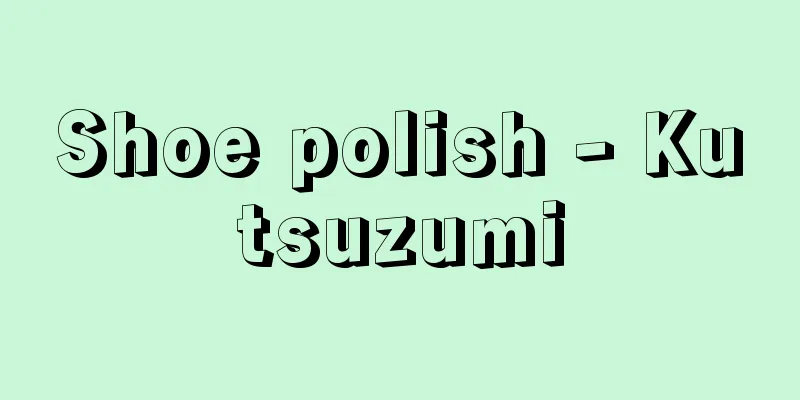Phrase - Hyosoku

|
In classical Chinese poetry, this is a set of rules for composing poetry to regulate the tone. It is also called pingta. The fact that Chinese has tones began to be recognized during the Six Dynasties, and was established at the end of the 5th century during the Southern Qi Dynasty with the "Four Tones and Eight Disorders Theory" by Shen Yue and others. The four tones are pingsheng (Taira), shangsheng (rising from below), qusheng (falling from above), and nyusheng (a word that ends in a staccato tone, also called nissheng). Initially, the arrangement of these four tones was precisely regulated in the first two-line cross of a five-character poem (the Eight Disorders Theory), but gradually the arrangement became a problem of dividing the poems into two types: flat (Taira) and non-flat (Hou). In other words, pingsheng is flat, and shang, qusheng, and rusheng are Hou. In the Tang Dynasty, modern poetry was established and the arrangement of rhythm was also established. For example, in a five-character quatrain, it is as follows (the circle marks are rhythmic, and the black marks are rhythmic).
[Tadahisa Ishikawa] Source: Shogakukan Encyclopedia Nipponica About Encyclopedia Nipponica Information | Legend |
|
中国古典詩において、音律を整えるための作詩法上の規定。平他(ひょうた)ともいう。中国語に声調があることは、六朝(りくちょう)に入って自覚され始め、5世紀の末、南斉(なんせい)時代に、沈約(しんやく)らの「四声八病説(しせいはちびょうせつ)」が出て定まった。平声(ひょうしょう)(たいら)、上声(じょうしょう)(下から上がる)、去声(きょしょう)(上から落ちる)、入声(にゅうしょう)(語尾が詰まる。「にっしょう」ともいう)の四声である。当初は、五言詩の初めの二句十字の構成に、これらの四声の配列を細かく規定したが(八病説)、しだいに、たいら(平)と、たいらでない(仄)ものの2種に分けて配列を問題にするようになった。つまり、平声が平、上・去・入声が仄である。唐になって近体詩が成立し、その平仄の配列法も定まった。五言絶句に例をとれば、次のようなことである(○印は平、●は仄)。
[石川忠久] 出典 小学館 日本大百科全書(ニッポニカ)日本大百科全書(ニッポニカ)について 情報 | 凡例 |
Recommend
McCulloch, WS (English spelling)
...This is an attempt to understand the nervous s...
Fedorov, ES (English spelling) FedorovES
… Near the middle of the 19th century, British mi...
Occlusive disease in circle Willis
A disease in which the internal carotid artery, wh...
Bahía Blanca (English spelling)
A port and industrial city on the Atlantic coast o...
Yongle Palace
A structure from the Yuan Dynasty (13th-14th cent...
Yoon - Yoon
〘Noun〙① A term used in medieval Siddham studies, r...
Revolutionary Diplomacy
...When the attitude of spreading the gospel of A...
Slender oarfish (messenger of the Dragon Palace) - Slender oarfish (English spelling)
A marine fish of the Oarfish family in the order O...
Cancer irroratus (English spelling)
… [Takeda Masatomo]. … *Some of the terminology t...
Prārthanā Samāj (English spelling)
A religious reform movement in modern India. It wa...
Bolkiah, H. (English spelling) BolkiahH
… [Politics, Economy] Brunei is a small state in ...
Tokunoshima [town] - Tokunoshima
A town in the eastern part of Tokunoshima, Oshima ...
Gennagunkenshi (English: Yüan-ho-chünhsien-chih)
A geographical book from the Tang Dynasty in China...
Organic chemistry - yuuki kagaku (English spelling) organic chemistry
This refers to a branch of chemistry that studies...
Furnace tag - Kamadofuda
...If the rules are violated, sanctions such as s...









